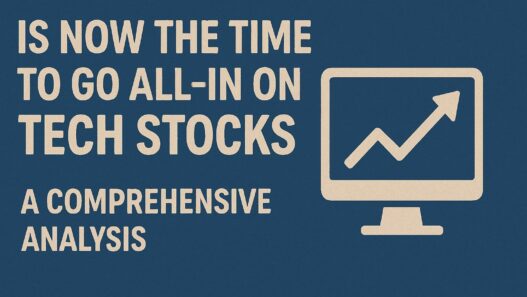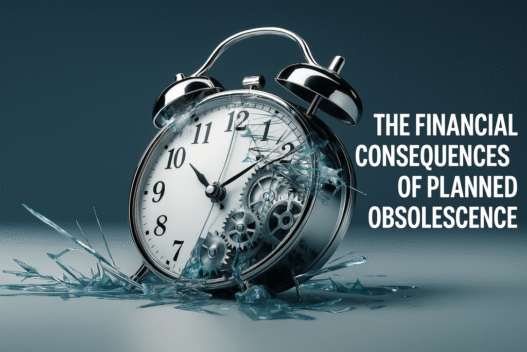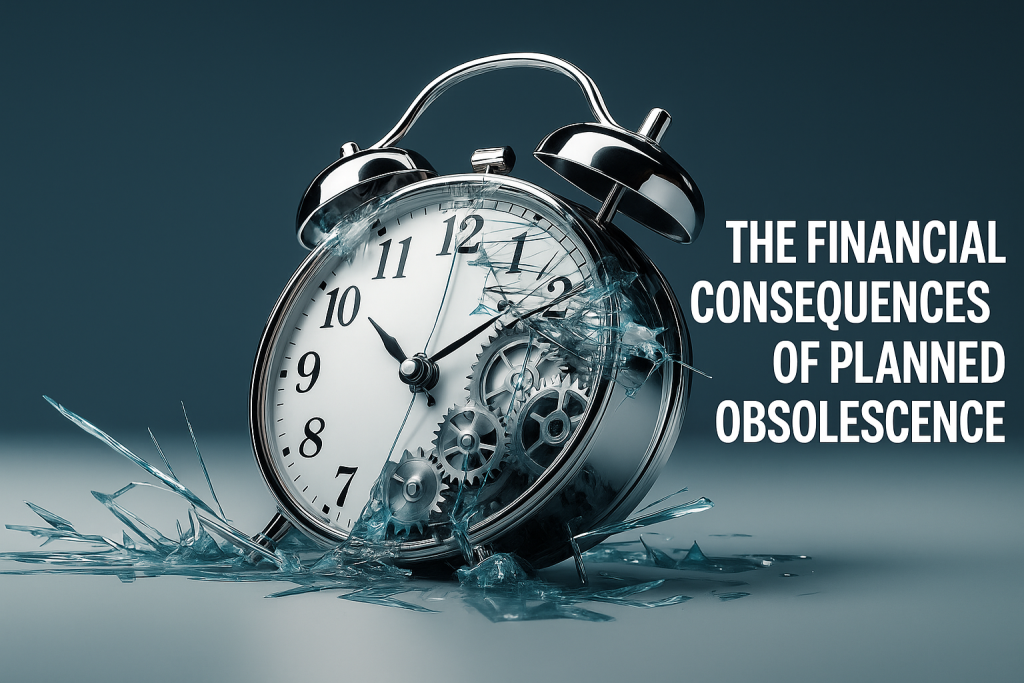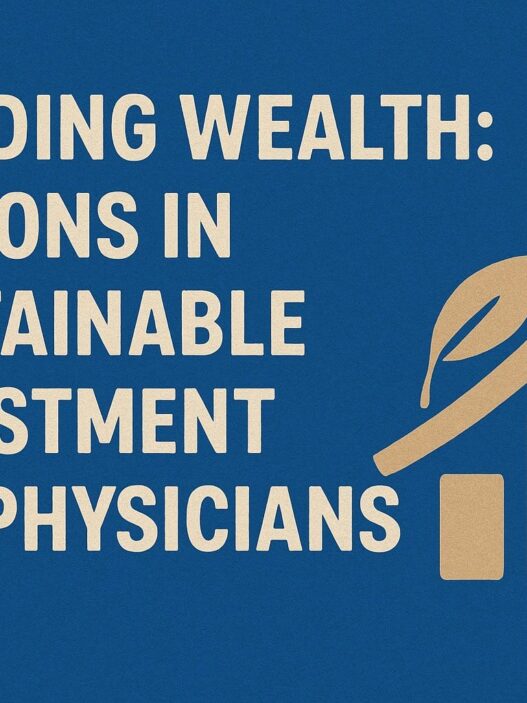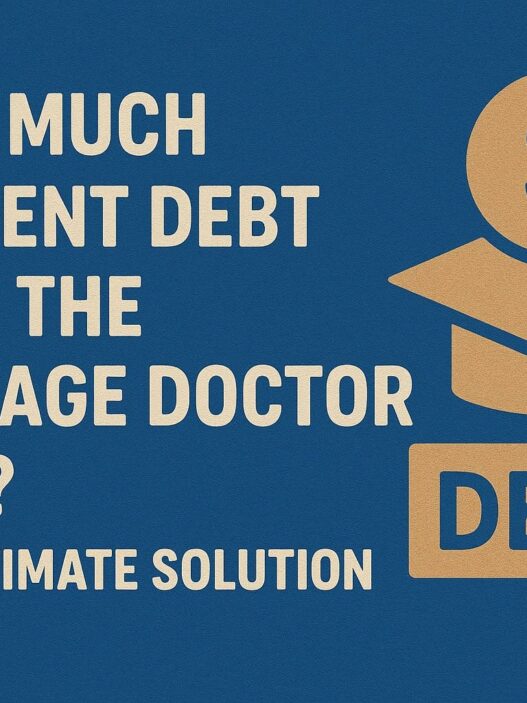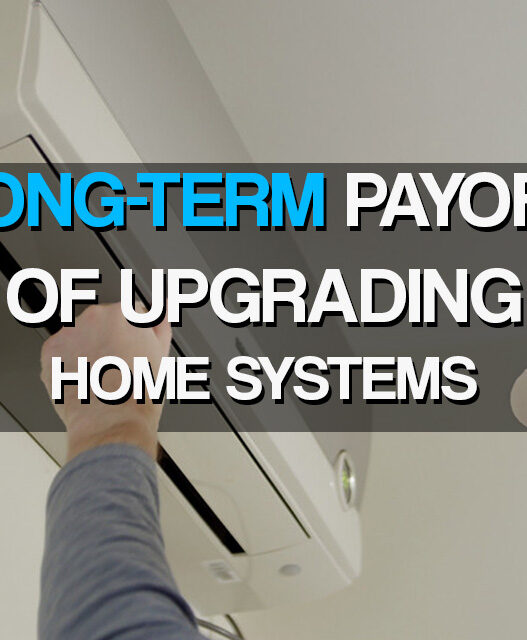Planned obsolescence is the strategy of designing products with limited durability or functionality, compelling frequent replacements. It's a concept that has sparked debate among consumers and corporations alike. While it can boost short-term sales for manufacturers, the financial consequences of planned obsolescence ripple across individuals and businesses, causing unforeseen challenges.
This blog dives deeper into these financial challenges. Whether you're a business professional or a consumer managing budgets, understanding the hidden costs of planned obsolescence can help you avoid wasteful spending and make savvier decisions.
The Financial Strain on Individuals
When products are purposely designed to wear out quickly or become obsolete due to trends, consumers are left footing the bill. These increased expenditures aren't just inconvenient; they can be financially crushing for individuals who rely on these products.
The Cycle of Replacement Costs
Replacing products more often than necessary takes a toll. For many, regularly purchasing new electronics, appliances, and tools means less money saved for other priorities. For example, when a smartphone loses software support after just a few years, users must upgrade. They have to do so, and not because the hardware is no longer functional—but because basic tasks like app updates become impossible.
This cycle of replacement disproportionately impacts consumers with lower incomes. Purchasing cheap but poorly-made products in hopes of saving money often leads to higher long-term costs when these items fail prematurely. Essentially, those with limited budgets end up spending more over time.
The Hidden Cost of Repairs
Some manufacturers are notorious for making repairs difficult or expensive. Proprietary parts, lack of repair manuals, and non-removable batteries are just a few examples of planned obsolescence at work. What would once have been a $20 fix now requires full product replacement. Even products marketed as “premium” aren't immune; when repair costs rival or exceed replacement costs, consumers feel cornered into upgrading.
Take, for instance, home appliances like washing machines or refrigerators. Frequent breakdowns can lead to thousands in repair bills, leaving individuals questioning whether repairs are worthwhile. To make matters worse, warranties often expire conveniently just before major issues arise.
The Cost to Businesses
The challenges of planned obsolescence aren't limited to individual consumers. Businesses of all sizes grapple with its consequences, and their bottom lines often bear the brunt.
Equipment Replacement Expenses
Companies depend on durable equipment to maintain operations, boost productivity, and control overhead costs. When products fail prematurely, businesses face the same replacement pressures as individuals—but on a much larger scale. For example, if a fleet of office printers becomes obsolete due to discontinued parts or software incompatibilities, the cost of replacing that entire lineup can skyrocket.
Consider industrial applications like manufacturing or construction. Equipment downtime caused by malfunctioning or poorly designed machinery eats into profits. There are ways to work against it, of course. Making your air compressors more durable with ongoing maintenance and care can help you avoid the cost of replacing essential equipment. However, even with great upkeep, some products are simply built for planned obsolescence, leaving companies with little recourse but to reinvest over and over again.
Disrupted Operations and Downtime
When products fail unexpectedly, businesses suffer from headaches far beyond the cost of replacement. Downtime halts production, disrupts supply chains, and impacts customer satisfaction. For small businesses operating with thinner margins, even a short period of downtime can mean losing clients to competitors.
Office equipment or software failures also introduce inefficiencies. Employees waste precious hours troubleshooting issues or waiting for repairs. These indirect costs pile up over time, creating a drain on resources that directly impacts business growth.
Environmental and Brand Costs
Planned obsolescence doesn't just hurt financially; it also damages reputations and the environment. Companies that rely on low-cost products often struggle with the backlash of being associated with wastefulness. Today's consumers and B2B buyers alike prioritize sustainability. Associating your business with disposable tools or machinery can harm your long-term brand image.
When office furniture, tools, or electronics make their way to landfills, businesses inadvertently contribute to environmental degradation. Governments worldwide are ramping up regulations around product sustainability, meaning businesses that lean heavily on short-lived products may face compliance-related costs as well.
Impactful Solutions: Navigate Planned Obsolescence
Although the financial toll of planned obsolescence is significant, there are steps individuals and businesses can take to mitigate its impact. Here are some practical ideas to help you better understand and combat this issue.
For Individuals
- Prioritize quality over cost: While a higher upfront investment can be daunting, products with stronger durability often save money in the long term. Look for items with positive reviews or certifications that guarantee longer product lifespans.
- Push for right-to-repair: Supporting initiatives around repair rights can ensure your ability to fix products instead of replacing them. Advocating for repair-friendly policies helps spur change within industries notorious for planned obsolescence.
- Extend product lifespans: Small steps, such as regular maintenance and care, can greatly extend the usability of items. Updating software, cleaning hardware, and following manufacturer maintenance recommendations minimize wear and tear.
For Businesses
- Invest in maintenance programs: As noted earlier, taking steps like maintaining equipment can delay the need for replacements. Partnering with service professionals or training staff to handle internal maintenance increases reliability.
- Leverage vendor relationships: Strong relationships with suppliers give you greater flexibility when repairs or replacements are required. Some vendors even provide upgrades or buyback programs to keep you operational without overspending.
- Explore sustainable products: Choosing machinery, software, or tools designed for longevity pays off. Many manufacturers now prioritize sustainability by offering modular designs or extended support, making them a smart investment for the eco-conscious business.
- Track obsolescence trends: Understanding industry-specific patterns around planned obsolescence allows you to anticipate changes and budget for upgrades at opportune times.
Avoid the Pitfalls of Replacement Culture
Planned obsolescence might feel inevitable, but businesses and individuals have significant power to lessen its financial effects. Proactively identifying repairable, durable, and high-quality products can make all the difference in creating sustainable spending habits.
Striking a balance between affordability and durability isn't always easy, but it's an effort worth pursuing. By recognizing the financial consequences of planned obsolescence, we can shift focus toward smarter investments, helping both individuals and businesses thrive for the long haul.
The post The Financial Consequences of Planned Obsolescence appeared first on MoneyMiniBlog.





